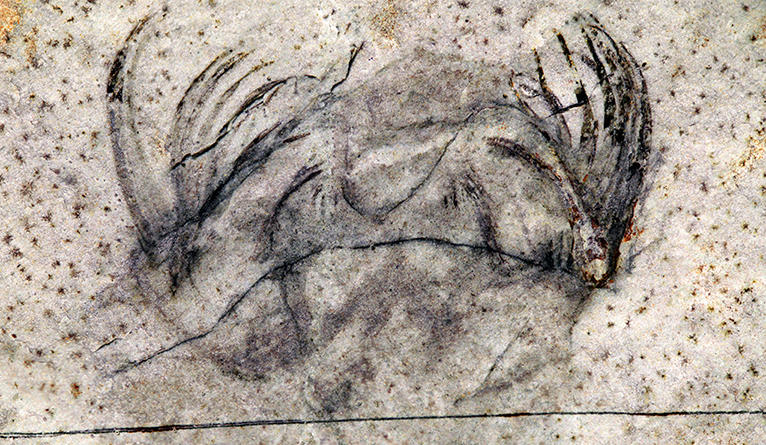Who Needs Aliens When Prehistoric Anus-Faced Worms Already Existed
Credit to Author: Becky Ferreira| Date: Thu, 03 Aug 2017 19:05:22 +0000
A little over half a billion years ago, complex life on Earth rapidly diversified in an evolutionary event known as the Cambrian explosion. This period in history was not shy about producing otherworldly creatures that seem alien from an Anthropocene perspective.
Now, a newly identified species of extinct “arrow worm” called Capinatator praetermissus is a valiant contender for the title of weirdest Cambrian creation.
Measuring roughly as long as an index finger, this ancient ocean predator sported 50 spines around its head that it used to grasp and restrain its prey, so it could stuff its somewhat anus-like face. The animal represents both a new species and genus, and is described in research published Thursday in Current Biology.
Video: Royal Ontario Museum
“Darting from the water depths, the spines would have been a terrifying sight to many of the smallest marine creatures that lived during that time,” said study co-author Jean-Bernard Caron, senior curator of invertebrate palaeontology at the Royal Ontario Museum and an associate professor at the University of Toronto, in a statement.
Caron and lead author Derek Briggs, a Yale University professor of geology and geophysics and curator at the Yale Peabody Museum of Natural History, discovered the novel creature by examining 50 specimens preserved in the Burgess Shale fossil beds of Yoho and Kootenay National Parks in British Columbia.

The Burgess Shale is famous for its extraordinarily detailed snapshots of Cambrian life, and C. praetermissus only cements that reputation. The fossils these arrow worms—or “chaetognaths” in scientific parlance—left behind contain visual traces of soft tissues, in addition to skeletal features, which is a valuable factor in pinning down their place in the tree of life.
Read More: ‘The Great Dying’ May Not Have Been So Great
Though this particular lineage went extinct epochs ago, 120 different types of arrow worm are still alive in the seas today, playing a major role in the plankton ecosystem. These modern relatives tend to be smaller than Cambrian forebears, and while they still have spines on the sides of their head, they are not nearly so plentiful as the armaments on the head of the delightfully bizarre C. praetermissus—a true chaetognath OG.
Get six of our favorite Motherboard stories every day by signing up for our newsletter.